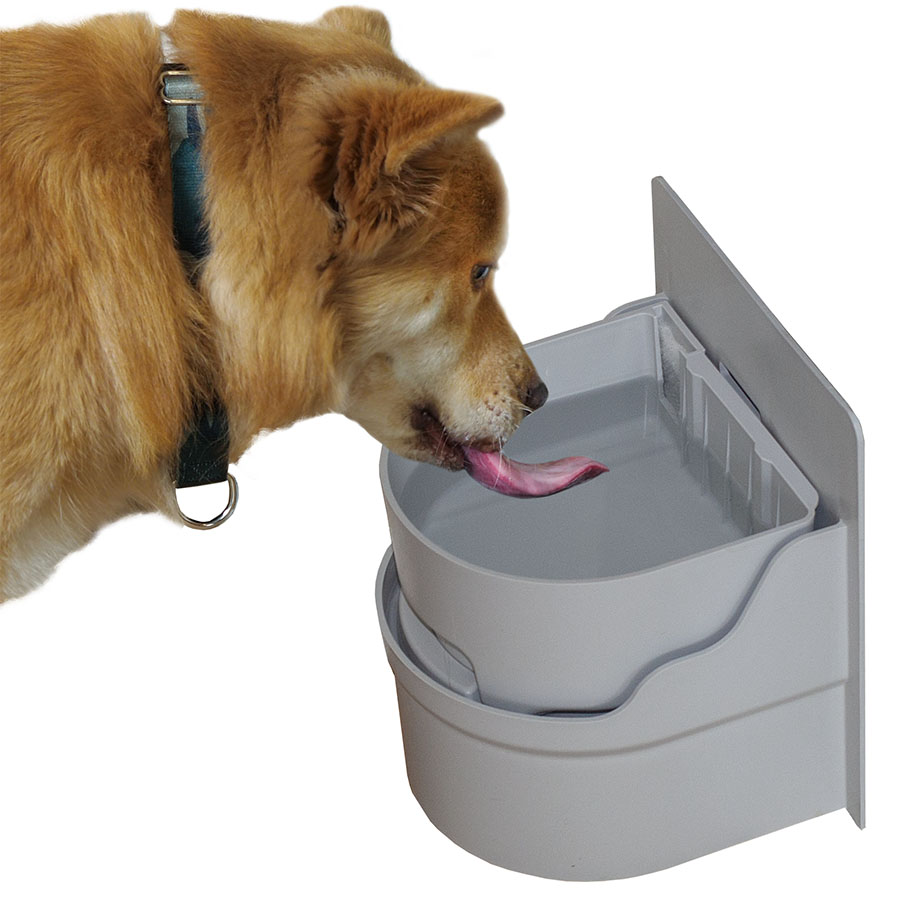Have you ever wondered why dogs eat grass? If your dog likes to graze in green pastures, there are a few important things you need to know. Some people believe grass-eating is unhealthy and unnatural, while others worry it’s a sign of illness. But rest assured, eating grass probably won’t hurt your dog, although you should bear a couple of potential problems in mind. Here’s why your furry pal may grab mouthfuls of grass when you’re out walking, what to do about it, and some reasons chowing down in the meadow isn’t always a good idea.
Grass is edible
Grass isn’t inedible, as some people say, otherwise horses and cows wouldn’t eat it as part of their main diet. You might not expect a typical carnivore to enjoy grass, but human carnivores like salad, so why wouldn’t a dog want a few greens too?
Rather than your dog having a penchant for the flavor of grass, though, it’s more likely they need fiber to aid digestion. Consider whether your dog gets enough roughage in meals, and if not, include some to help them digest their food. Dogs often enjoy small portions of spinach, carrots, broccoli, or another vegetable as part of a balanced diet.
Grass and illness in dogs
Although grass won’t cause your dog to become ill, in rare cases, eating it might indicate something’s wrong. The jury’s out whether excessive grass-eating signals an internal problem, but be on the safe side. If you are worried your hound’s grass-munching is extravagant, pay a visit to a veterinarian for peace of mind. Most of the time, though, eating grass is not a cause for concern.
A dog might vomit after eating grass. Again, this isn’t unusual. People sometimes suppose dogs consume grass because they need to bring up something they’ve ingested. Are they right? Possibly. There’s no clear evidence, but it may be so. The grass can tickle the throat as it’s swallowed, causing the animal to be sick, and consuming it might be an instinctive urge to induce vomiting.
Grass-eating and boredom
People often suggest that grass-eating stems from boredom. Dogs that are eating grass, though, are outdoors exercising and playing. Nonetheless, lest this is true, think about whether your dog has adequate exercise and mental stimulation. Young dogs require about two walks every day. Older dogs may prefer only one short walk. All dogs need interesting things to occupy their minds, and most enjoy canine company. Make sure your hound’s requirements are met, and you can rule out boredom as the reason for eating grass.
Concerns to consider when your dog eats grass
Alas, not all grass your dog finds is natural in entirety, because of harmful chemical usage. Mostly, the grass you see while you take your dog for a walk is clean. Occasionally, though, it might not be so innocent, so make sure you know for certain it’s safe for consumption before letting your dog eat it.
Make sure your Dog has Plenty of Fresh Water
A well-hydrated dog will eat less, using an Automatic Dog Waterer like the Perpetual Well will ensure your dog has access to freshwater all the time. Being well-hydrated will also help with the circulation of blood, digestion, and removal of waste.
Lungworm is another pitfall to consider. It’s transmitted via snails and slugs that sometimes live among grass. The solution is to check you give your dog a wormer that kills lungworms, since some varieties, notably those bought in pet shops rather than from a veterinarian, do not. You should try to ensure your dog avoids long, seed-shedding grasses too: The kernels can get lodged in canine paws, ears and eyes, or stick in skin.
Mostly, it’s fine for dogs to eat grass. Check the grass your dog munches is free from chemicals, though, and whether eating it signals a lack of fiber or mental stimulation. Give your dog regular worm treatment too, and if their grass-scoffing habit’s excessive, visit a veterinarian, just to make sure all is well.

